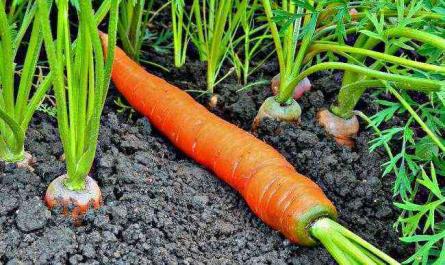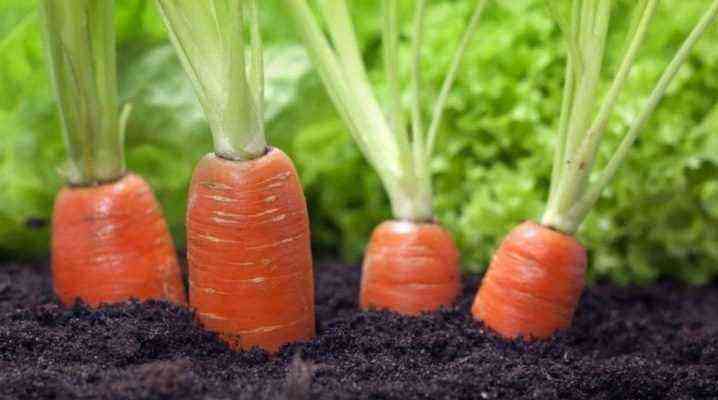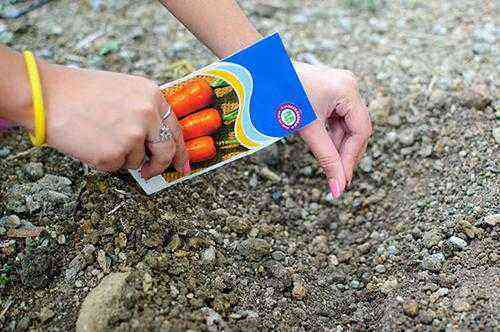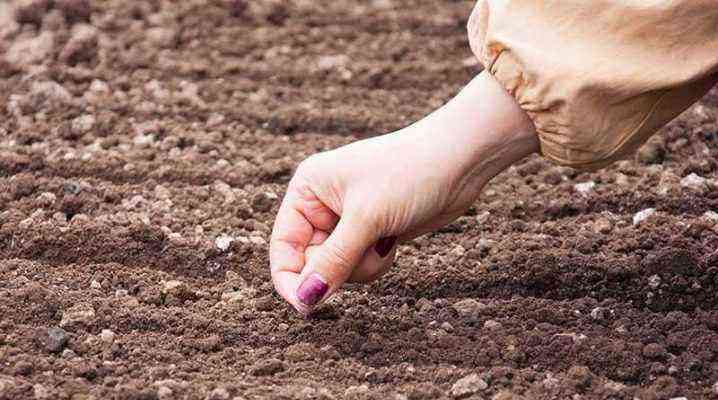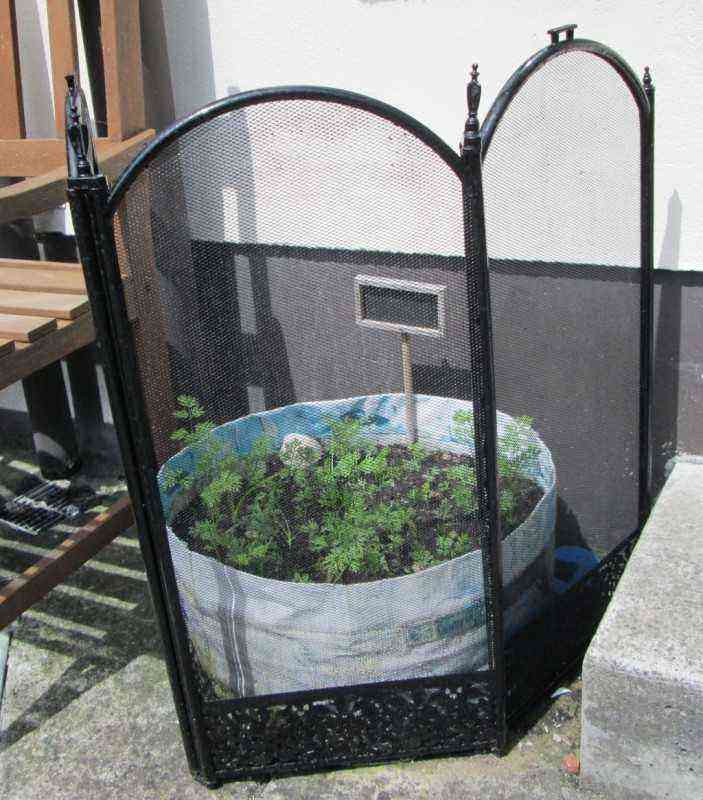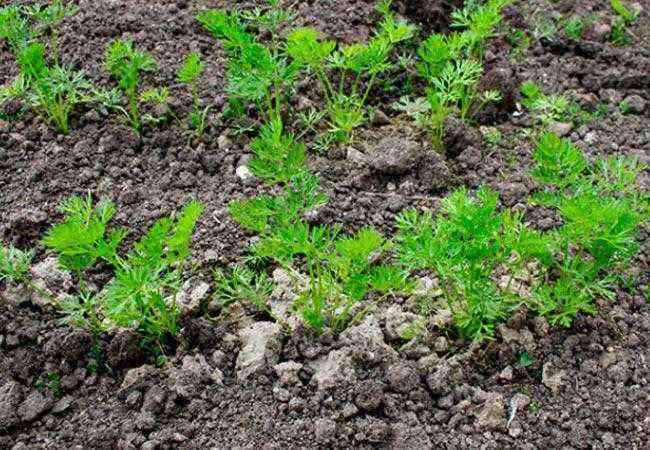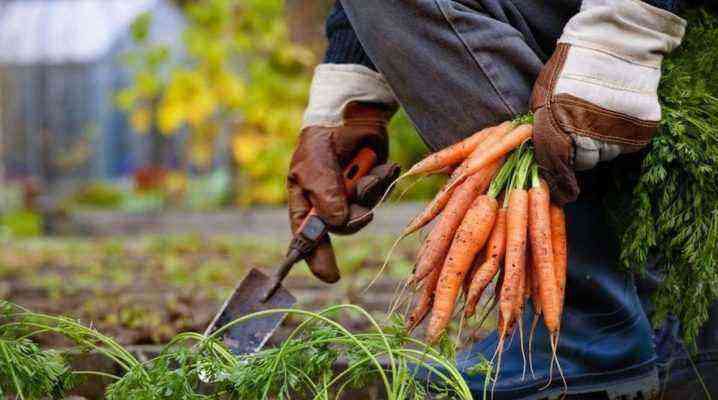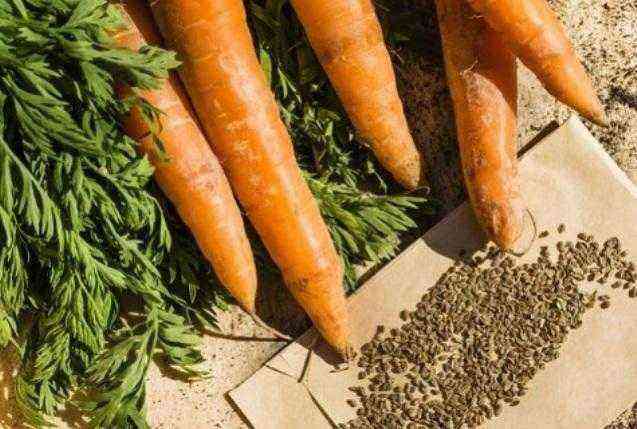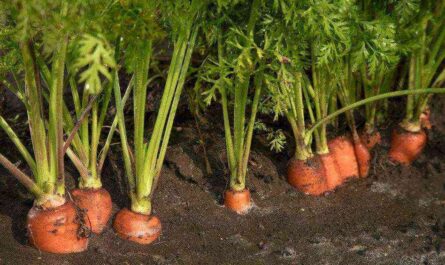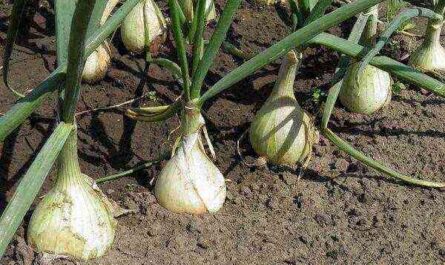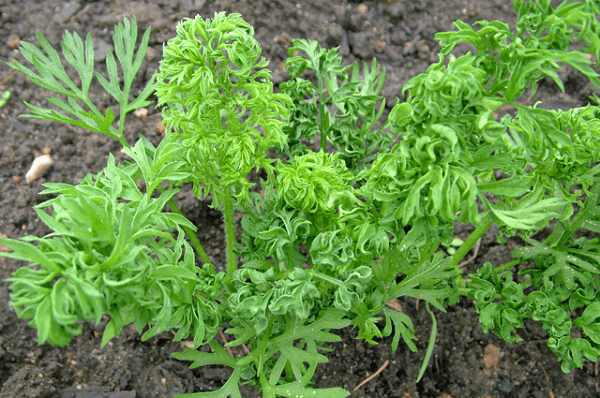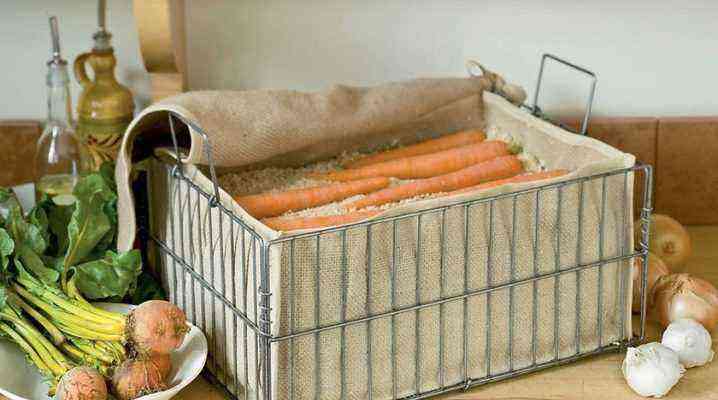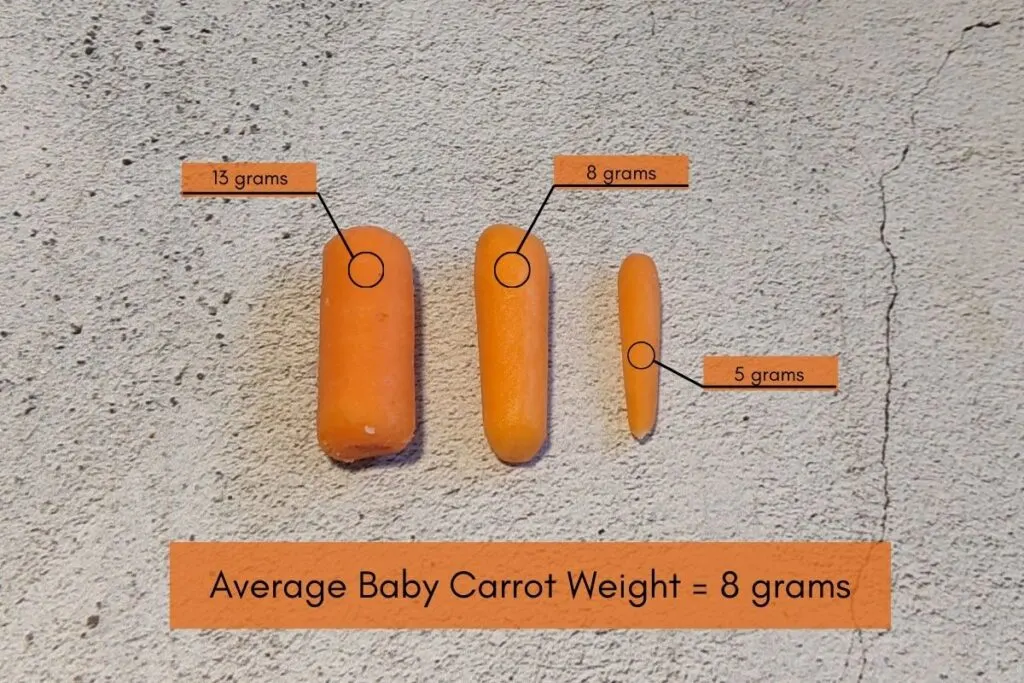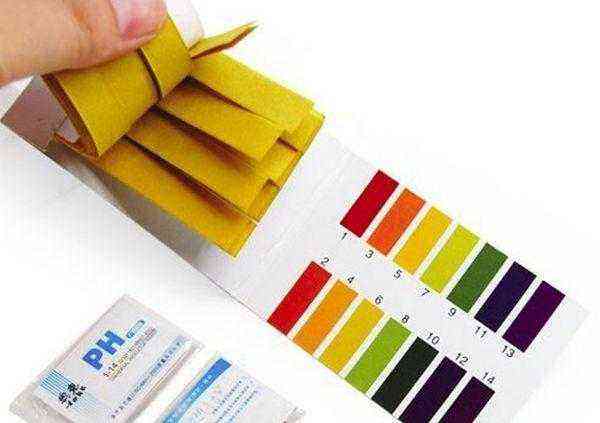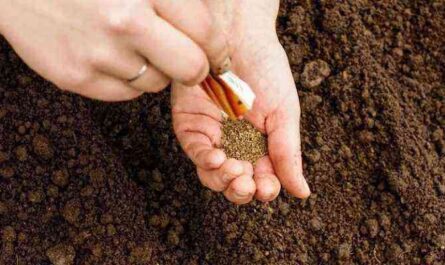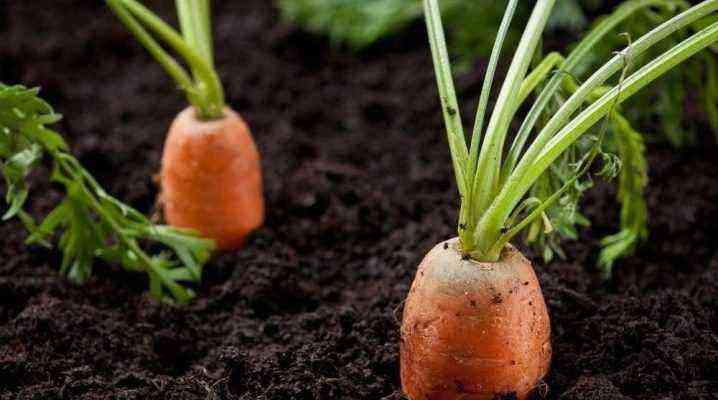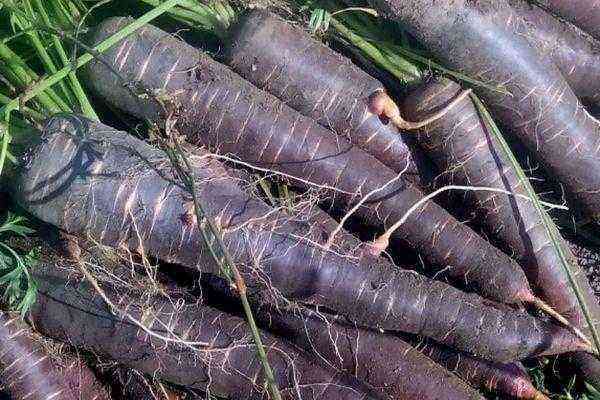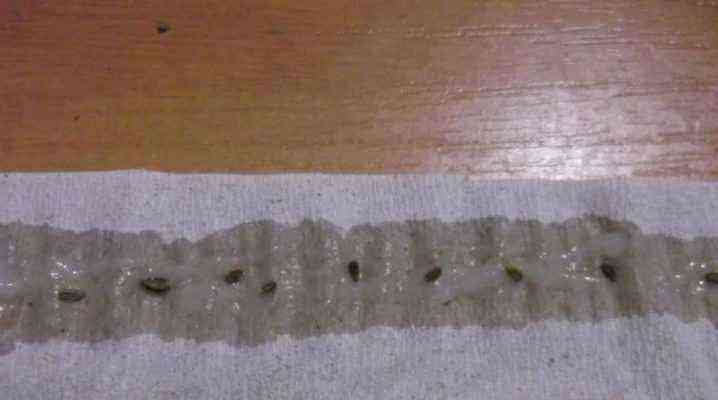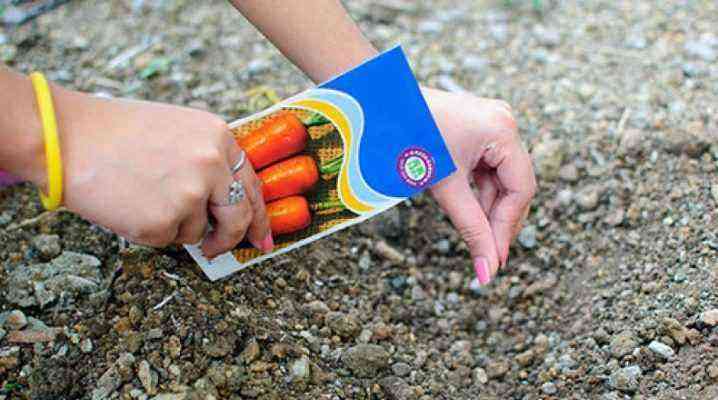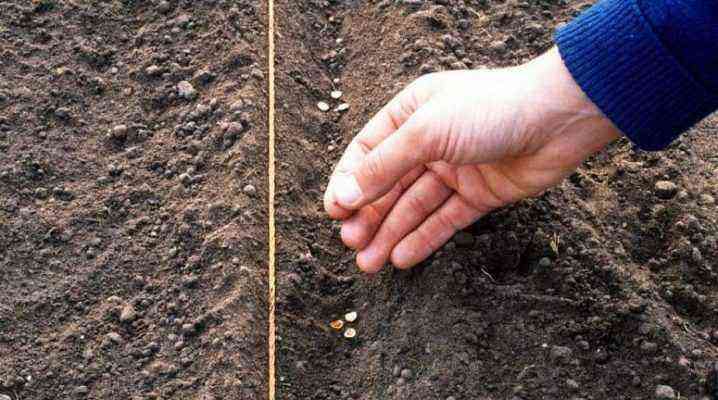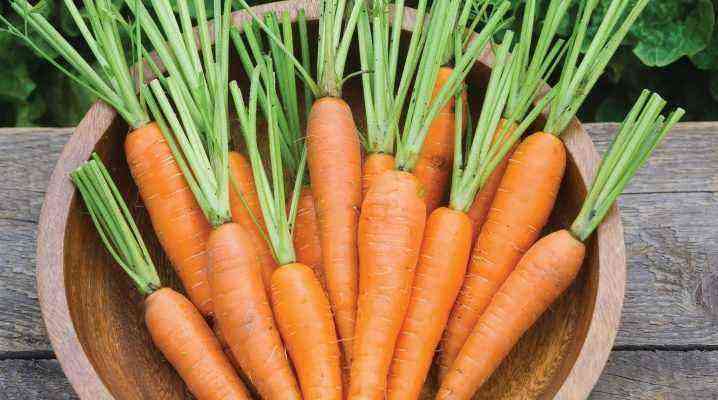
A garden without carrots is something extremely rare, few will dispute the popularity of this root crop. But not everyone knows how to grow it correctly in order to end up with an enviable harvest. If there is something to start this science with, then from the study of the requirements for the soil that carrots put forward. And that’s a pretty broad question.
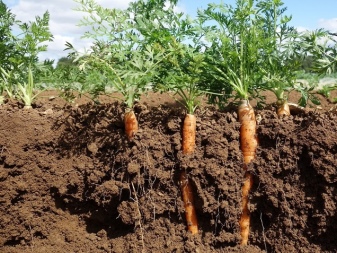
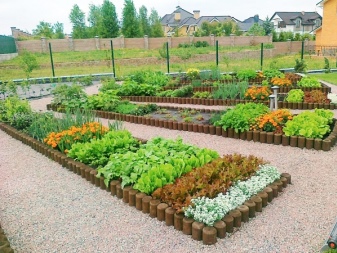
Mechanical composition
This indicator affects not only the quality of the crop as a whole, but also the shape of the fruit. For example, in heavy clay soils, in insufficiently cultivated soil, carrots will grow small and ugly. You can’t call such a crop good either in taste or in appearance. This means that it should be planted in a clean area, without large stones or plant roots. Carrots love loose, light soil, sandy or loamy, well permeable. If there is some sand in this soil, the better for the future harvest – it will be sweeter.
If the owners of the site do not know what kind of soil they have, you can always conduct an experiment. You just need to take a handful of earth from the site, add water to a pasty state, and evaluate the result:
- plastic clay soil will easily hold any shape;
- you can form a ball and a sausage from loam, but if you try to make a bagel out of it, cracks will go along it;
- a sausage and a ball also stick together from the middle loam, the bagel will fall apart immediately;
- only a ball will form from light loam;
- sandy loamy soil will make it possible to blind only a thin cord;
- nothing can be molded from sandy soil.
And if a clod of earth, crumpled in a fist, leaves a black greasy imprint, then there is black soil on the site, suitable for growing virtually any crop, and carrots too.
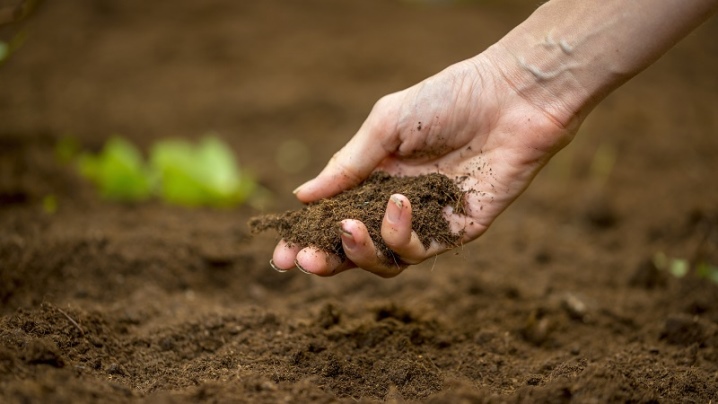
Required acidity and its definition
The optimal soil acidity for carrots is neutral, and these are pH indicators in the range of 6,5–7,0. In slightly acidic soil, carrots are also grown, this is acceptable. Humus content – 4%. You can determine the acidity using a special device: a pH meter, but not everyone has it, so you will have to use alternative methods. For example, many summer residents prefer to get by with litmus paper. It is sold in kits with a color chart and strips that are already soaked with the necessary reagents. It is not difficult to check with litmus paper whether the soil is acidic (neutral, alkaline).
- Dig a hole 30–40 cm deep. Collect 4 earth samples from the walls, put them in a glass container, mix.
- Moisten the earth with distilled water 1 to 5. Wait 5 minutes, and then literally immerse a litmus strip in this mixture for a couple of seconds.
- compare color, which turned out on paper, with indicators on the scale attached to the strip.
By the appearance of the earth, its acidity is also determined, however, this is not the most reliable option. For example, increased acidity is read by a whitish soil surface, water with a rusty tint in the recesses, a brown sediment in a place where moisture has already been absorbed, an iridescent film on a puddle. Nettles, clover, quinoa grow on neutral soil – carrots should be planted there. If poppy and bindweed grow on the ground, the soil is alkaline. Sow thistle and coltsfoot settle in slightly acidic soil, also relatively suitable for carrots. And the sour soil is inhabited by horse sorrel, sedge, fragrant bell, mint, plantain, violet.
It is worth mentioning the experience with vinegar, it will also give information about the acidity of the soil. A test soil sample is placed on a glass surface, it is watered with vinegar (9%). If there is a lot of foam, and it boils, then the soil is alkaline. If it boils moderately, and there is not much foam, then it is neutral, if there is no reaction at all, it is sour.

What should be the humidity and how to determine it?
This question is no less important. If there is too much moisture, the carrots will rot. It is worth remembering that this is a root crop, and the decay of what is in the ground will lead to crop loss in principle. In addition to rotting, excess moisture is terrible because it leaches valuable trace elements from the earth, making it less breathable. Therefore, it is necessary to check the soil moisture before planting carrots.
Well, if you can get a tensiometer – an electrical resistance sensor, a household humidity meter. You can use other methods. For example, dig a hole 25 cm deep, take an earthen handful from the bottom of the hole, squeeze it tightly in a fist. This experience will show:
- if the soil crumbled after squeezing in a fist, then the humidity is not higher than 60%;
- if there are fingerprints on the ground, then the humidity is about 70%;
- if even with a slight pressure the lump falls apart, the humidity is about 75%;
- if moisture remains on a piece of soil, its indicator is 80%;
- if the lump is dense, and an imprint remains on the filtered paper, the humidity is about 85%;
- from the compressed soil, moisture oozes directly, the humidity is still 90%.
Carrots grow best where the humidity is moderate. Increased dryness is unfavorable for the crop, as is high humidity – you need to look for a middle ground.
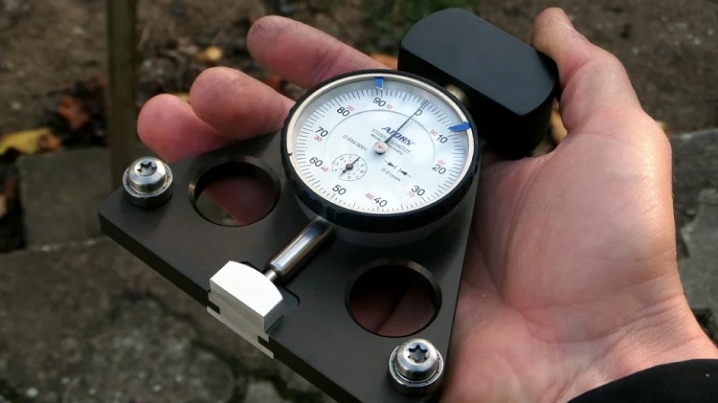
How to prepare the land for planting?
Each type of soil has its own requirements and rules for preplant preparation.. But there is also a general algorithm for preparing the beds, which involves, first of all, autumn cleansing of weeds. After 2 weeks, the bed should be dug up by 30 centimeters, removing all rhizomes and stones. And be sure to treat the soil with disinfecting compounds. It will be, for example, a three percent Bordeaux liquid or a 4% solution of copper oxychloride.
In the spring, soil processing continues: it is loosened, and maybe re-dug. Then the surface is traditionally leveled with a rake. The necessary fertilizers are applied to the dug up earth. Also in the spring, the bed is watered with the following mixture:
- 10 liters of warm water;
- 1 teaspoon of copper sulfate;
- 1 cup mullein.
After the carrot seeds are already in the ground, the furrows fall asleep and compact a little. Then you need to put a film on the bed to keep heat and moisture. As soon as the first sprouts appear, the shelter is removed.

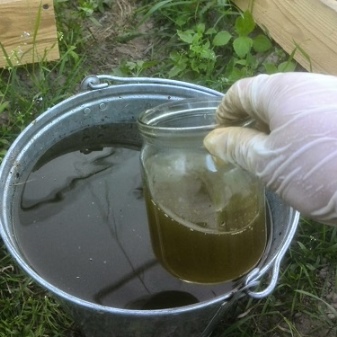
Loamy and black soil
If the soil is light loamy, it does not need sand. And to make it more fertile, per 1 square meter you can add:
- 5 kg of humus / compost;
- 300 g wood ash;
- 1 tablespoon of superphosphate.
Chernozem, despite its almost ideal parameters, also needs to be prepared for planting. Even in the process of autumn digging, the following is introduced into this land per square meter:
- 10 kg of sand;
- half a bucket of sawdust (necessarily fresh and old, fresh sawdust should be moistened with a solution of mineral fertilizers before adding);
- 2 tablespoons of superphosphate.


Clayey and podzolic
In autumn, soils of this type are waiting for a mandatory procedure: liming with chalk or dolomite flour. For each m 2, 2-3 tablespoons of any of these funds are added. If there is a lot of clay in the soil, it must be fertilized with compounds containing humus. And in the spring, during digging per square meter, the following list of fertilizers is added:
- 10 kg of humus;
- 300 g of ash;
- 2 buckets of peat and river sand;
- about 4 kg of sawdust;
- 2 tablespoons of nitrophoska;
- 1 tablespoon of superphosphate.
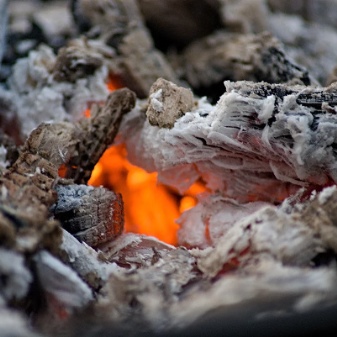

Sandy
Sandy soil will also have to be fertilized, a landmark for nutritious top dressing. You will need to deposit on m 2:
- 2 buckets of earth with sod peat;
- a tablespoon of nitrophoska and superphosphate;
- a bucket of sawdust and humus.
When sowing seeds, wood ash must be added, it will protect carrots from fungal diseases, and also provide seedlings with valuable nutrition. If the carrots have to be sent to acidic soil (it is clear that it is not suitable, but there are no other options), you can do the following: treat the soil with fluff in a glass per m 2. Instead of fluff, you can take wood ash, dolomite flour or chalk. The earth is limed strictly in the fall, but fertilizer is applied in the spring for digging.

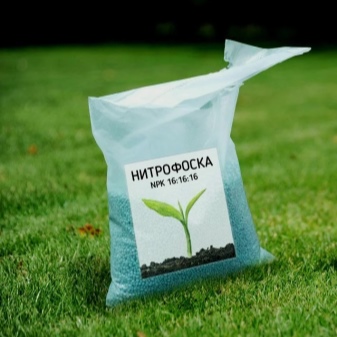
Peat
Before planting carrots in peat soil per m 2 make:
- 5 kg of coarse sand;
- 3 kg of humus;
- a bucket of clay soil;
- 1 teaspoon of sodium nitrate;
- 1 tablespoon of superphosphate and potassium chloride.
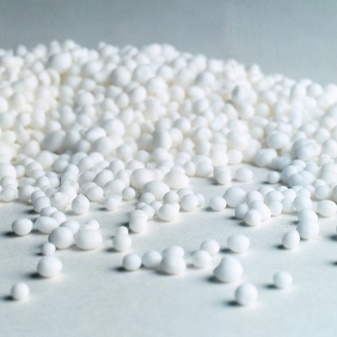

Possible mistakes
From this point, it’s definitely worth starting for those who already have not the most successful experience in growing carrots. The following errors can be considered typical:
- if stones were not removed from the ground before the start of the season, the root crops will not grow even, and the crooked carrot does not have a presentation;
- if you overdo it with nitrogen-containing top dressing, carrots are likely to grow tasteless and bitter;
- if fresh manure is used, the seedlings will be especially vulnerable to rot;
- if organic matter is abused, the tops will be rapidly developed, but the root crops will be “horned”, crooked, the harvested crop will not survive the winter, it will quickly deteriorate;
- at the same time it is pointless to apply lime and fertilizers to open ground, these compounds neutralize each other’s actions;
- acidic soil and sweet root crops are incompatible concepts.
Finally, one of the most important mistakes in growing carrots is non-compliance with crop rotation. If this is not taken into account, all other efforts may be in vain. Carrots, on the other hand, are a crop that depletes the earth quite a lot. And if you plant it in depleted soil, you can not expect a harvest from such an experiment. It is good to plant carrots in the soil where cabbage, onions, nightshade and pumpkin grew before it. But if parsley and beans grew there, carrots will not follow. Reuse of one plot for carrots is only permissible after 4 years.
Otherwise, it is not so difficult to mess around with the plant: watering should be moderate, because this culture does not tolerate dryness or waterlogging. If you spill the earth excessively when the carrots have already acquired long roots, they can become covered with cracks and even begin to rot. That is, watering should be done regularly, but not frequent. And before harvesting, watering, according to experienced gardeners, should be completely abandoned. By the way, carrots have a peculiarity – they are planted with seeds, which means that it is almost impossible to predict the distance between plants. Sometimes thickening is noted, plants interfere with each other’s development: carrots grow small, thin, and are poorly stored. Therefore, it is worth thinning it out approximately on the 12th day after germination, and then another 10 days later.
Along with thinning, carrots can be weeded and loosened, this is always important for good crop growth.

